Spiritual & Appealing Attractions in a Rich History and Culture City
.jpeg)
- ThemeArchitecture/ Museum
- CodeIRRS54
- Duration2 hr(s) and 45 min(s)
- Best TimeSPRING | SUMMER
Visiting the Qajarid house known as Amir Nezam house which has been converted to a museum since 2006;
Exploring the burial place of more than 400 Iranian poets and mystics in Tabriz;
Browsing the beautiful park with a large pool and a pavilion in the middle.
Photos of the Spiritual & Appealing Attractions in a Rich History and Culture City
Explore The Route
Visiting Spiritual & Appealing Attractions in a Rich History and Culture (Tabriz)
The city of Tabriz, which prospered significantly during the reign of the Qajar dynasty, pays tribute to achievements in architecture, arts, and literature by carefully preserving the historical sites and the memory of notable figures. First, on this route, you can experience the grandeur of royal life at the Amir Nezam Garusi’s House (museum), which houses unique objects and documents. After here, pay a visit to Maqbaratoshoara (meaning Tombs of Poets). This is the resting place of more than 400 Iranian poets. In the end, stop at El Goli (Shah Guli) Park, which encompasses an area of 5500 square meters and houses a lake as well as an octagonal mansion.
Highlights
Duration : 45 mins
Point Type: STARTING
Qajar Museum (House of Amir Nezam Garusi)
During the Qajar era, Tabriz was the seat of the Qajarid crown princes. Besides this political significance, the strategic position of the city and its vicinity to Ottoman Empire and commercial relationships with Russia and European countries caused the city to manifest the characteristics of modernity earlier than any other city in Iran. Accordingly, the architecture –especially the plan of houses- underwent a transformation of style in this era. The Qajarid houses in Tabriz are true examples of the Qajarid architectural style which represents a combination of mo...
Duration : 1 hr(s)
Point Type: STOP OVER
Mausoleum of Poets (Maqbaratoshoara)
This imposing place of remembrance holds more than 400 graves of classic and contemporary poets, mystics and other notable figures. This complex gives the visitor an insight to the rich literature of Iran. Also known as Maqbaratoshoʻara, Haziratoshoʻara and Sorkhab cemetery, this spiritual resort is located in Sorkhab district. Based on the available records, this district, as one of the oldest and biggest districts in Tabriz, took its name from its adjacent red mountain. Actually, the first written record which mentions this mausoleum is made by Hamd-Allah...
Duration : 1 hr(s)
Point Type: ENDING
El Goli
El Goli (El Golu), the iconic landmark of Tabriz, is where nature coincides with architecture. Also known as Shah Goli, this cherished complex was first established in Aq Qoyunlu dynasty (1378-1501) and flourished later in the Safavid era (1501-1736). In Turkish, Goli means pool and so, Shah Goli means the royal pool. After the revolution in 1978, the name Shah Goli changed to El Goli, meaning the pool of the people.
The striking feature of this complex is the artificial lake which is assumed to be created in 1785. The pavilion was built in the early 19th century and was or...
Important Information
Cost Info
- Qajar Museum (House of Amir Nezam Garusi)3 €
- Mausoleum of Poets (Maqbaratoshoara)3 €
- El Goli (El Golu)free
- Destination
- Transportation Type
- Transportation Fee---
Additional Info
If you have finished your visit of Maqbaratoshoʻara on time, there are other options in the neighborhood to visit:
- Seyed Hamzeh Mausoleum (a 14th-century mausoleum with splendid mirror work inside)
- Ostad Bohtuni Museum (one of the first private museums of Iran displaying interesting works of Hassan Bohtuni, the contemporary sculptor. His works include the statues made of dried fruits, flowers and other stuffs.
You need to take a taxi to get El-Golu park. You can eat the lunch there, as there are many cafés and restaurants offering a wide range of dishes.
After wandering about the El-Golu park, you can also visit Khalʻat Pooshan Tower (in less than 8 km distance from El-Golu park) which is a brick tower dating back to the Safavid era. It was used by the Qajarid princes as a place for giving presents to the government officials.
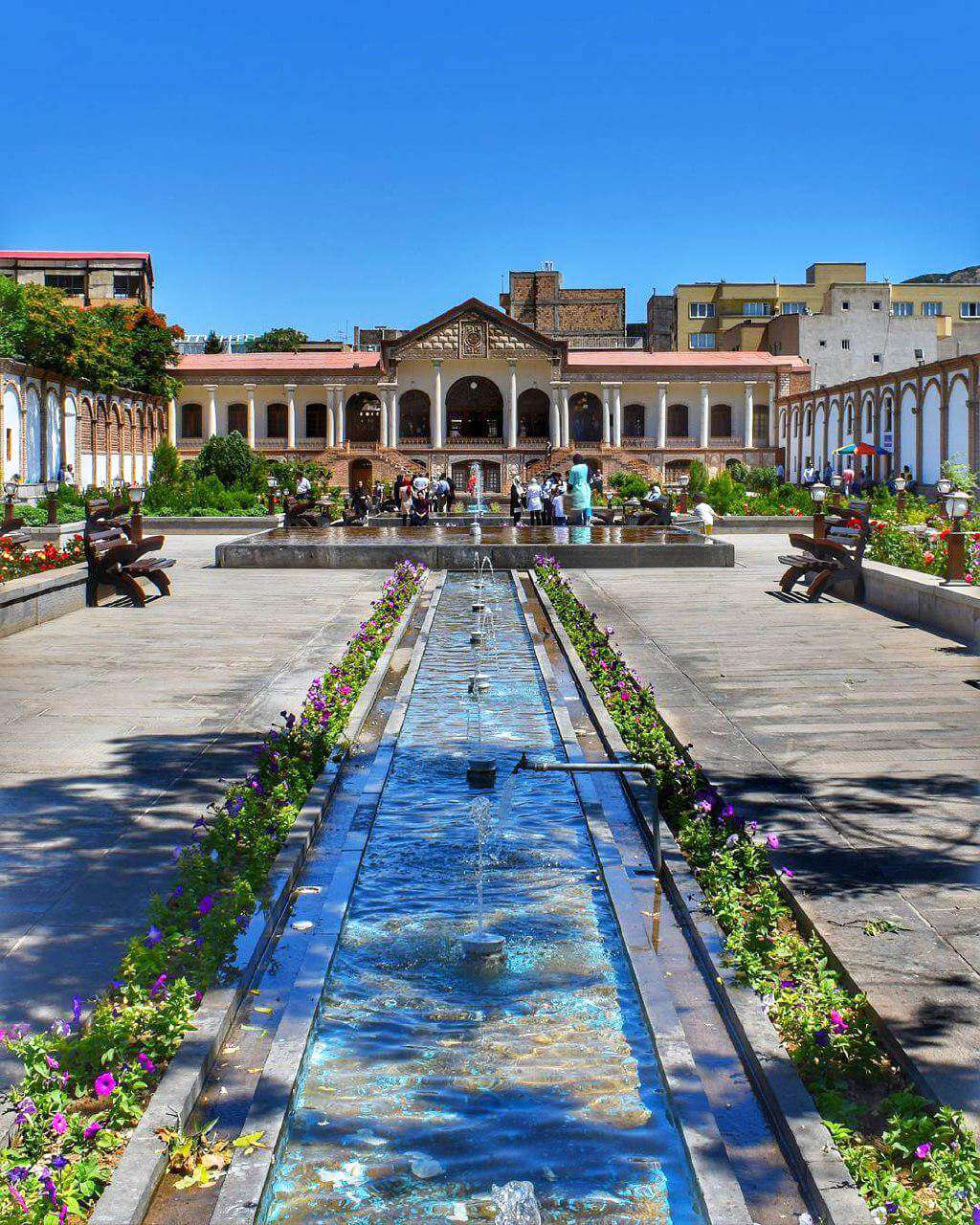
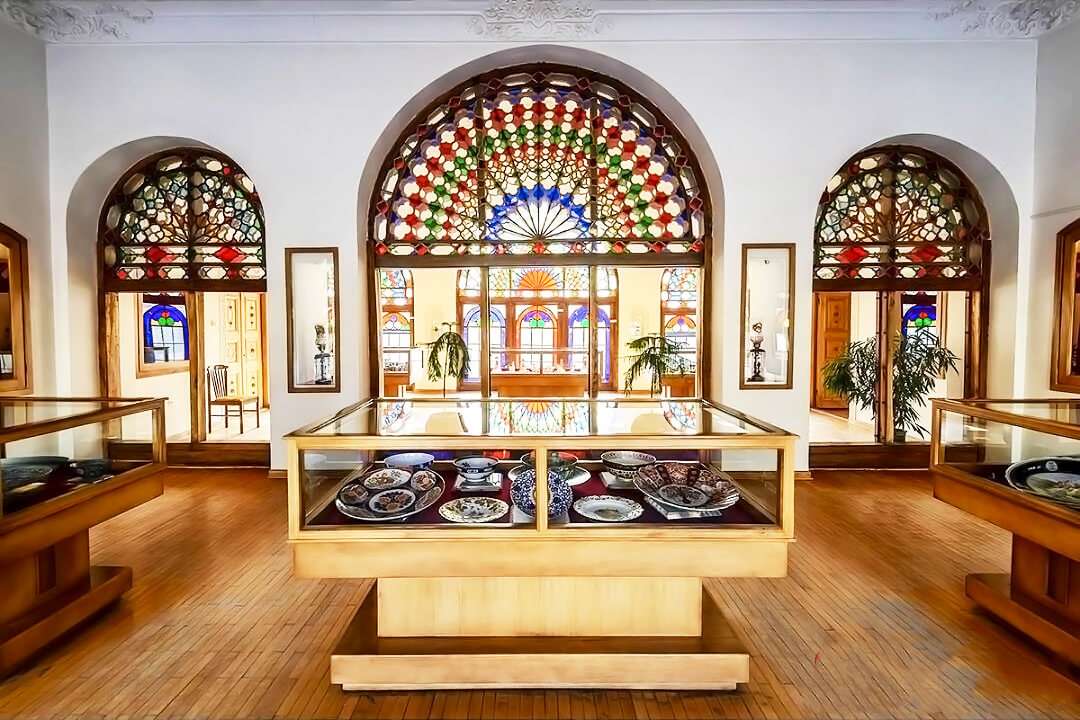
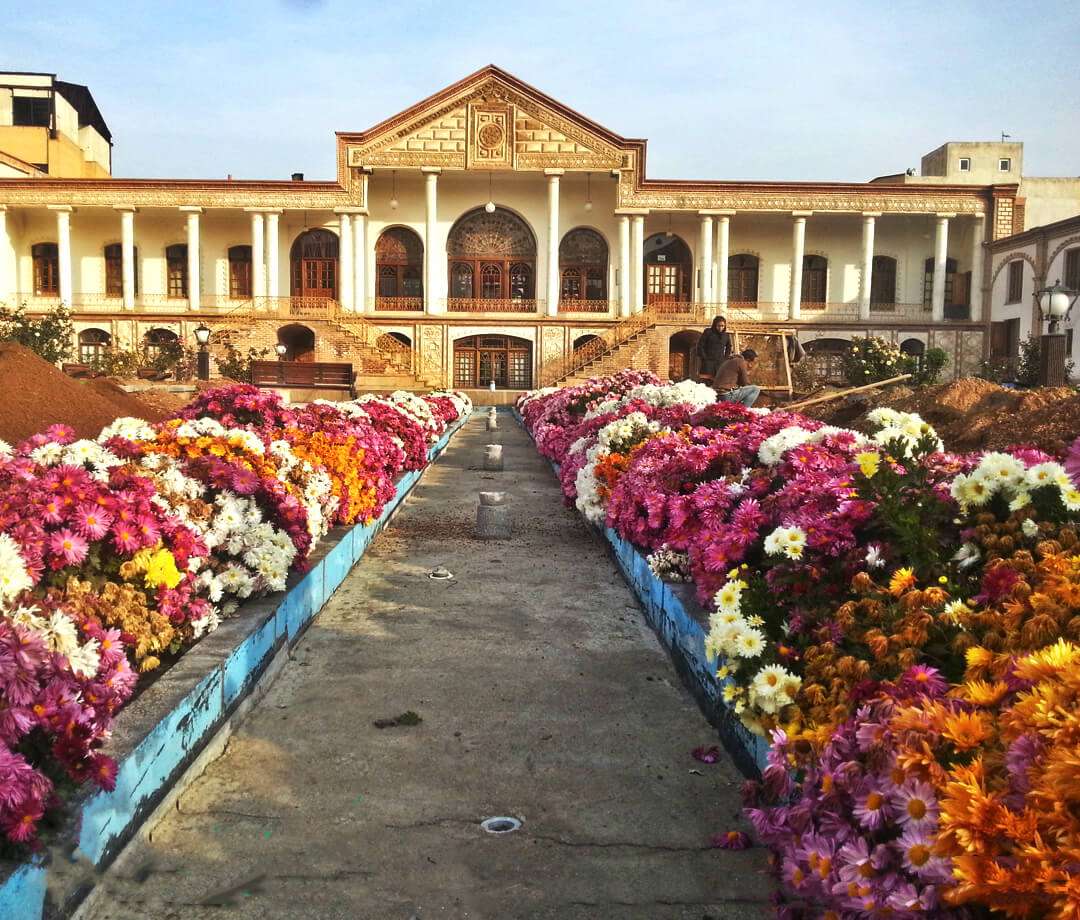
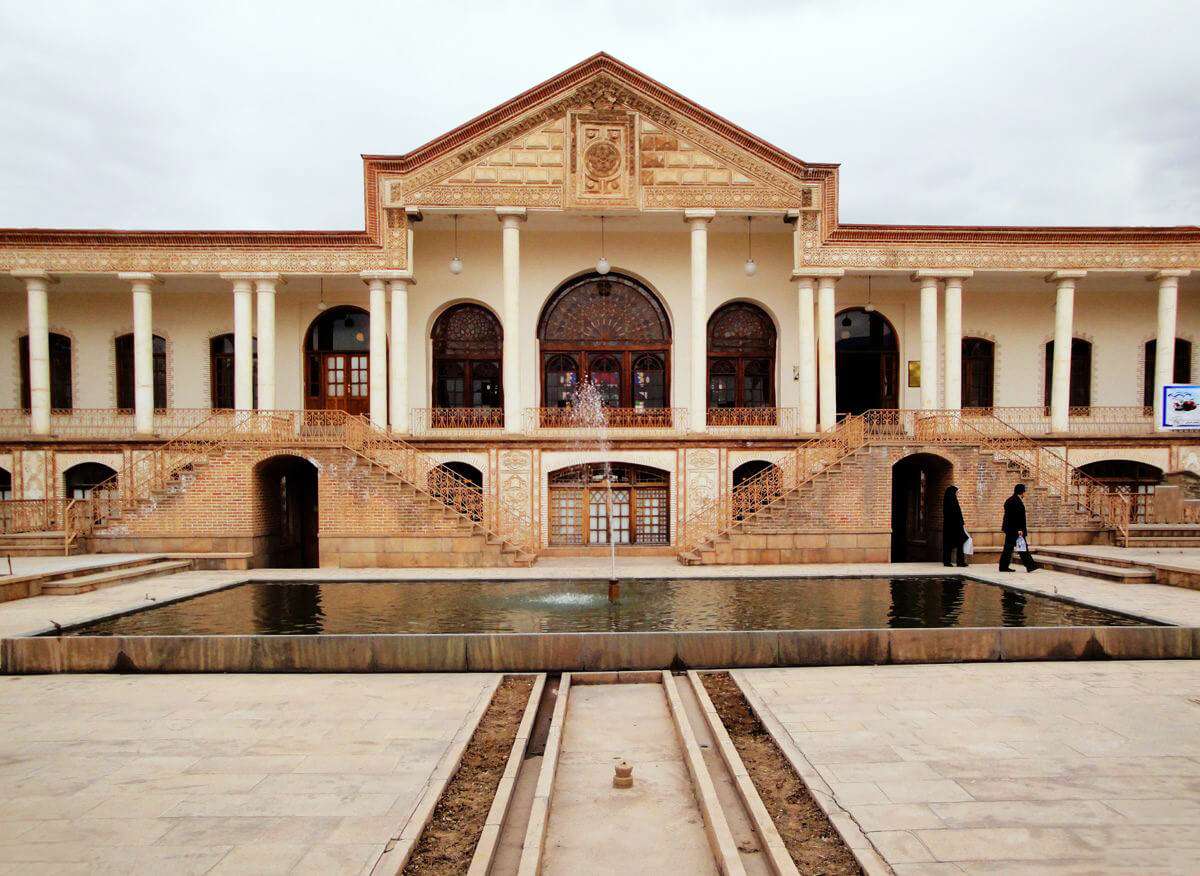
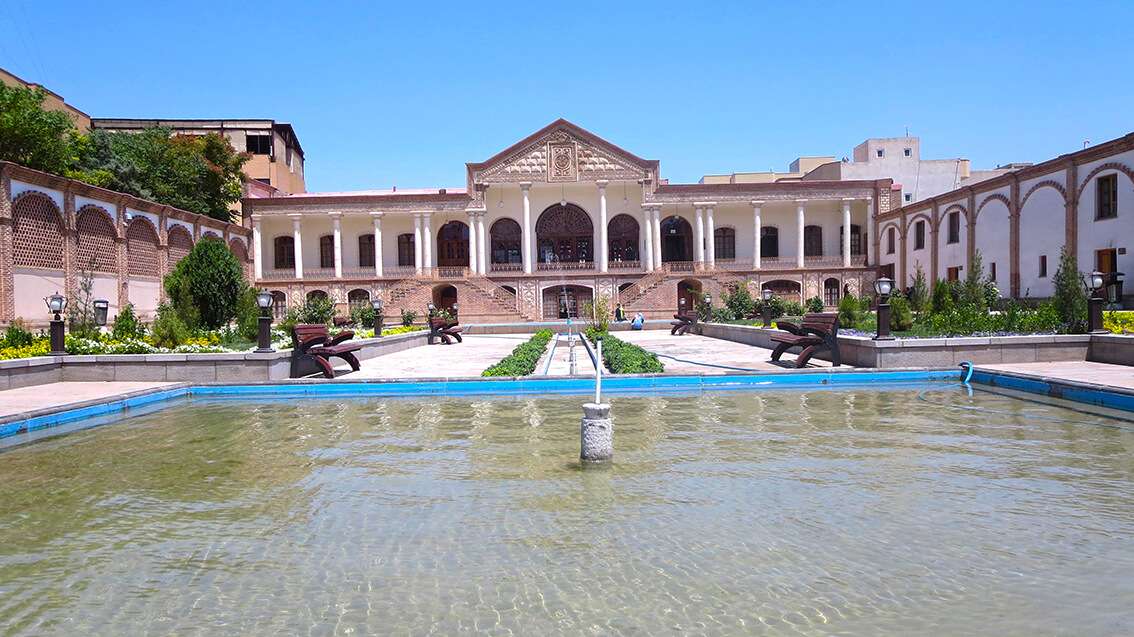
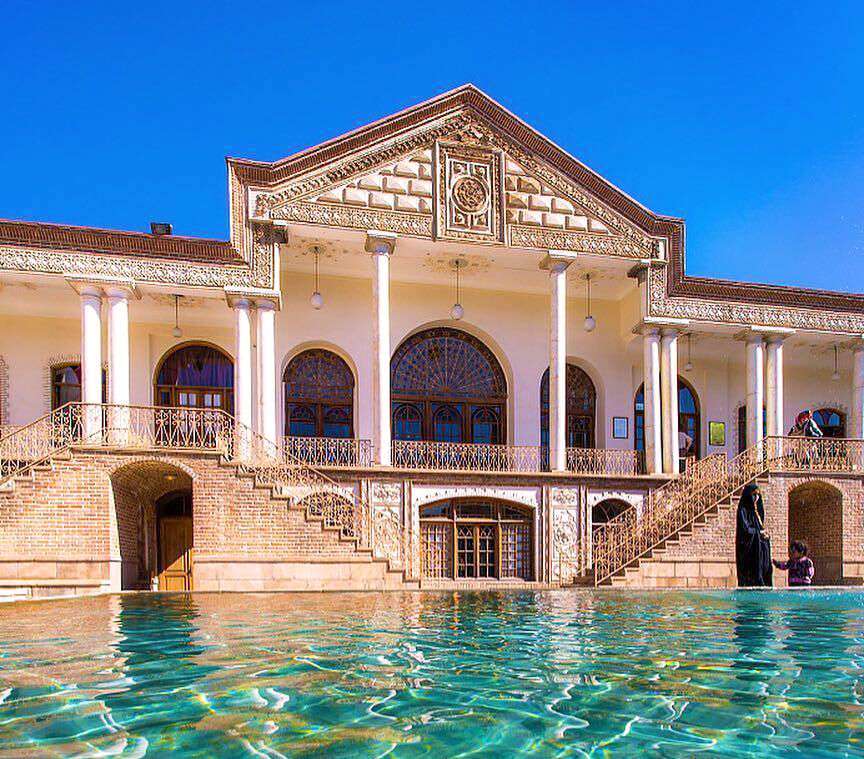
.jpeg)
.jpeg)
.jpeg)
.jpeg)
.jpeg)
.jpeg)
.jpeg)
.jpeg)
.jpeg)
.jpeg)
.jpeg)
.jpeg)
.jpeg)
.jpeg)
